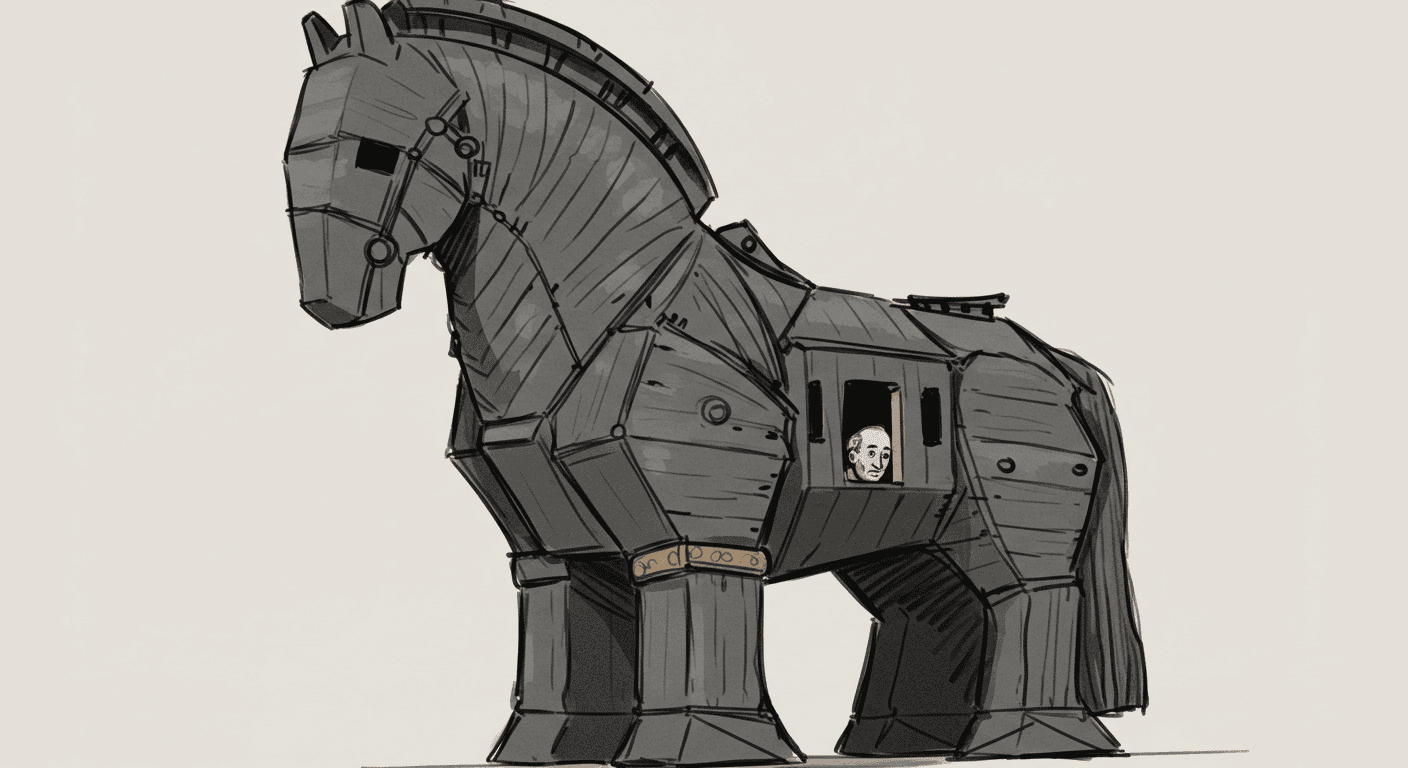Quick story before we start. A few years ago, a startup hired a “top-tier” agency for a full UI/UX overhaul. Six weeks and a slick deck later, they launched. Two weeks after that, they were back — asking why their users still didn’t understand the product, why the bounce rate hadn’t changed, and why devs were filing support tickets just to make sense of the flows. That’s when I got involved. What I found was equal parts depressing and predictable. And that’s where this post really begins.
Most agencies sell UI/UX design services the way fast food joints sell meal deals — predictable, templated, and guaranteed to leave you wondering why you’re still hungry.
I’ve worked inside those setups. I’ve inherited their Figma files. And I’ve had to fix what they left behind. So this post isn’t a polite industry critique. It’s a painfully honest reflection on what real UI/UX design services look like, and why so many clients have been trained to expect far less.
The Red Flags I See Too Often
Let’s start with three usual suspects. If you’ve been on the receiving end of UI/UX services, these might feel disturbingly familiar:
1. Template-Led Thinking
“Here’s your homepage, based on the same layout we used for that fintech app last week.”
You know the vibe. Everything looks slick, but nothing quite fits. The grid’s perfect, but the messaging’s vague. I’ve seen startup websites where the only truly unique element was the logo — and even that was a bit sus.
Real website design services aren’t drag-and-drop with a fresh coat of brand colours. It starts with understanding the user’s needs, the product’s goals, and how the interface should serve both.
If you’re paying for “custom” design and getting a Notion-style layout with filler copy, congratulations — you’ve bought a premium placeholder.
Yes, even the fancy ones with microinteractions and glassmorphism. Still placeholders.
2. Disconnected UX and UI
This is my personal hell: the beautiful but unusable interface.
The UI looks great in the Behance \ Dribbble shots. But try to actually use it and the pain begins — weird hover states, flows that dead-end, dropdowns with no logic. Why? Because the UX designer never spoke to the UI designer. Or worse — they’re the same person, but they’re winging half the job.
In one project I inherited, the checkout flow had five steps. None of them validated user input. When asked why, the agency said, “We assumed the devs would handle that.”
They didn’t.
3. Handoff Decks With No Strategy
Ah, the famous 80-page Figma presentation. Pages upon pages of components, style guides, moodboards, and zero clarity on why anything exists.
I once got a handoff file where every single screen had the same CTA — “Submit” — no matter what the user was doing. It was stunningly consistent. And stunningly useless.
Good UI/UX work doesn’t end at a deck. It ends when the product works. When users get through onboarding without rage-quitting. When they complete a task without a support ticket.
So, What Does Real UI/UX Design Look Like?
Let’s flip the script.
I’m glad you asked.
Here’s what I consider non-negotiable:
Discovery Before Delivery
I don’t start pushing pixels on day one. I ask rude questions.
What’s broken?
What’s unclear?
Why do users bounce after step two?
What do you think your users want, and what do they actually want?
Anyone promising you screens in a week without doing discovery first is either psychic or faking it. Usually both.
UI/UX design services start with diagnosis. Not deliverables.
Design That Reflects Product Strategy
If the product’s about simplicity, the design needs to breathe. If the product’s about power, the design should guide complexity without hiding it. Real UI/UX work translates positioning into pixels. It’s not just making it pretty — it’s making it make sense.
In one project, I killed off 70% of a client’s landing page sections because they were written for investors, not users. Suddenly, conversions improved. Because the site was actually speaking to the right audience.
Async Collaboration, Not Chaos
I don’t book meetings to “walk you through the design.” I use Loom. I annotate. I explain thinking. You respond in your time, with your team. That way, we’re not stuck in sync hell pretending to be productive.
My clients don’t get 10 versions of a wireframe. They get one version with 10 well-considered decisions already baked in.
Embedded, Not Extracted
The best UI/UX design services don’t orbit your team — they embed. I work alongside PMs, engineers, founders. Not in parallel. That’s how decisions get made fast, feedback loops stay tight, and design doesn’t feel like a separate, sacred department.
I’ve sat in Slack channels at midnight answering a developer’s spacing question. I’ve recorded emergency walkthroughs for founders just before investor demos. That’s not “above and beyond.” That’s just the job, if you actually care.
Why It Matters
Because bad design is expensive. Not just in money — in time, in trust, in lost momentum.
I once helped a client rebuild a signup flow that had a 70% drop-off rate. It turned out the original UI had five required fields before explaining what the product even did. A single redesign lifted conversions by 20%. That’s not magic. That’s proper UI/UX design work.
And you don’t get that from a fancy deck. You get it from someone embedded in the problem, not just the deliverables.
Final Thought: You’re Not Buying Screens
You’re hiring thinking. You’re buying alignment. You’re investing in someone who sees the product the way a user does, and can translate that into something functional, beautiful, and effective.
If the agency you’re working with treats UI/UX design services like a handoff process or a visual facelift, run.
Or at least book a call with me. I’ve cleaned up after worse.
And no, I don’t offer a ‘Startup Pack’ with three personas, two screen sizes, and a sprinkle of microcopy.
I offer clarity. Cohesion. Real product design that works.
